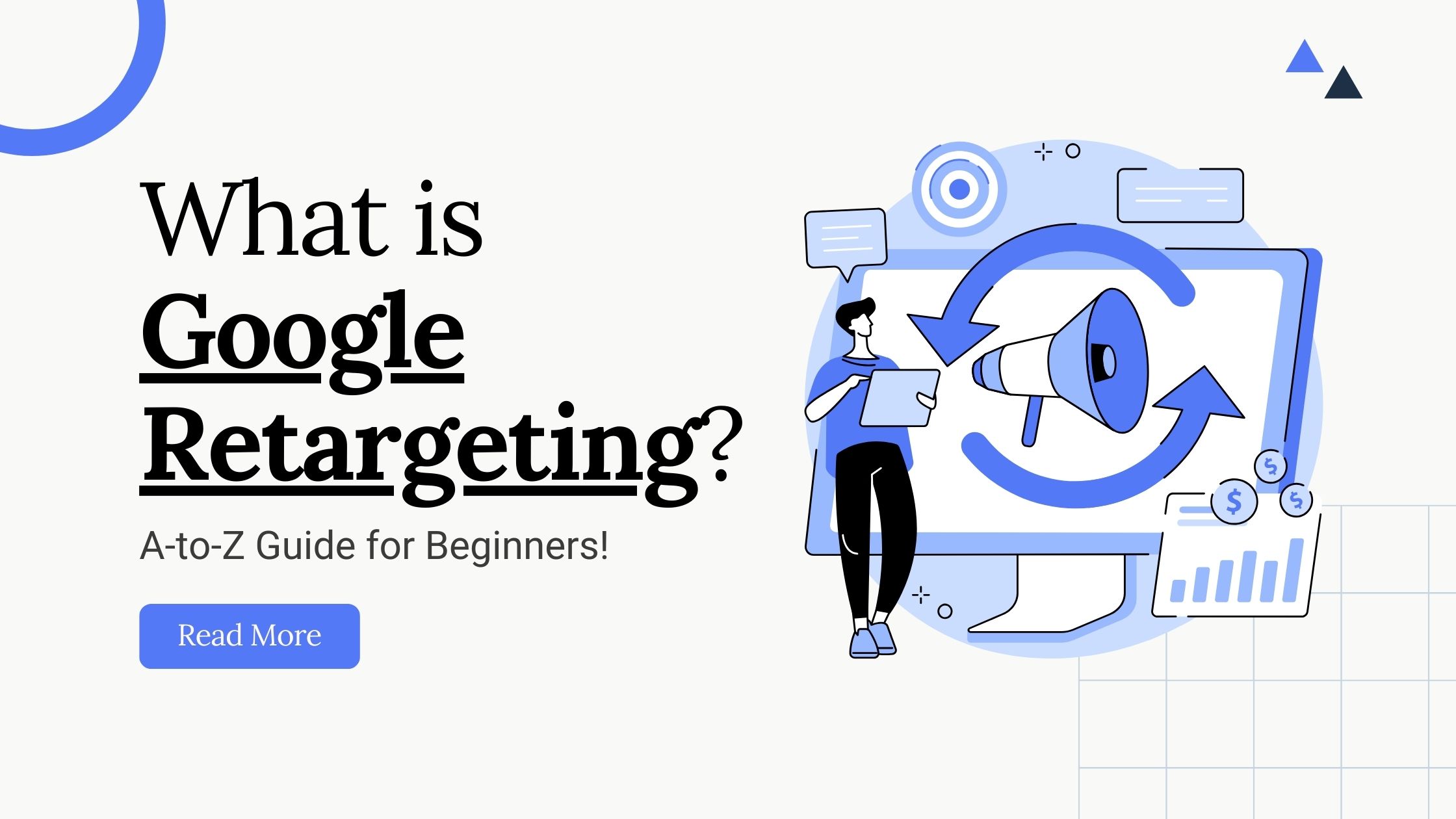In this article, I am going to tell you What is Google Retargeting. so if you want to know about it, then keep reading this article. Because I am going to give you complete information about it.
In the fast-paced world of digital marketing, staying relevant and engaging with your audience is paramount. One effective strategy that has emerged in recent years is Google retargeting. This powerful tool allows marketers to re-engage with users who have previously interacted with their brand or visited their website, ultimately increasing conversions and driving revenue.

Today’s article focuses on the same, i.e., “What is Google Retargeting”. The articles entail each bit of information necessary for you to know.
Let’s get started!
Table of Contents
What is Google Retargeting?
Google retargeting, also known as remarketing, is a digital advertising strategy that targets users who have already shown interest in your brand by visiting your website or interacting with your content. It works by placing cookies on the devices of these users, allowing marketers to display targeted ads to them as they browse the web, use mobile apps, or watch videos on YouTube.
How Does Google Retargeting Work?
The process of Google retargeting involves several key steps:
- Visitor Tracking: When a user visits your website, a small piece of code called a pixel is activated, which places a cookie in the user’s browser. This cookie allows Google to track the user’s activity across the web.
- Segmentation: Marketers can segment their audience based on various criteria, such as pages visited, products viewed, or actions taken on the website. This allows for highly targeted and personalized retargeting campaigns.
- Ad Creation: Once the audience segments are defined, marketers can create compelling ads tailored to each segment’s interests and behaviors.
- Ad Placement: Google’s vast network of advertising platforms, including Google Search, Display Network, and YouTube, allows marketers to reach their retargeted audience across multiple touchpoints.
- Ad Delivery: As users browse the web, Google identifies those with retargeting cookies and displays relevant ads to them, encouraging them to revisit the website and complete desired actions, such as making a purchase or filling out a form.
Benefits of Google Retargeting
Google retargeting offers several benefits for marketers:
Best Practices for Google Retargeting
To make the most of Google retargeting campaigns, consider the following best practices:
- Set Clear Goals: Define specific objectives for your retargeting campaigns, whether it’s driving sales, increasing leads, or boosting brand awareness.
- Segment Your Audience: Create audience segments based on user behavior and tailor your messaging accordingly to maximize relevance.
- Rotate Ad Creative: Keep your ads fresh and engaging by regularly updating your creative assets and testing different messaging and imagery.
- Optimize Landing Pages: Ensure that the landing pages users are directed to are optimized for conversions to maximize the effectiveness of your retargeting efforts.
- Monitor and Analyze Performance: Regularly monitor the performance of your retargeting campaigns and make adjustments as needed based on key metrics such as click-through rate, conversion rate, and return on ad spend (ROAS).
In conclusion, Google retargeting is a valuable tool for marketers looking to re-engage with their audience and drive conversions. By leveraging the power of audience segmentation and personalized messaging, businesses can effectively nurture leads and increase revenue. With careful planning and strategic execution, Google retargeting can be a game-changer for your digital marketing efforts.
Read also:)
- #1 Google Adsense Ads.txt Generator Tool For Free! Easy To Use!
- NoFollow Link HTML Code Generator Tool for Free: Easy to Use!
- Free Favicon Generator Tool (No login and signup required)
So hope you liked this article on What is Google Retargeting. And if you still have any questions or suggestions related to this, then you can tell us in the comment box below. Thank you so much for reading this article.
Great artіcle! We are linking to this great content on our site.
Қeeρ up the good writing.
“Google retargeting, or remarketing, is a valuable tool to reconnect with users who have shown interest in your website or products. This guide is a great resource for beginners looking to understand and utilize this strategy effectively.”
Nice Your blog, and thanks for sharing your valuable experience with us If anyone needs translation services. I have a translation company and my company name is 4M Translation. We provide all types of translation services and website translation.